The term "milk of", if referring to any product not constituted by mammary secretion, is to be considered conceptually improper.
Any possible reference in the text has the sole purpose of adapting to the terminology with which most frequently (in colloquial terms) refers to such products; therefore, it is not opposed to the current legislative framework.
is a cereal destined for both animal and human nutrition. The most widespread variety is the "Avena sativa, a plant belonging to the family of Grasses widely cultivated all over the planet; on the other hand, sifting through the old "Anglo-Saxon" texts it is possible to find numerous citations concerning the culinary application of oats.

It is therefore possible to state that, although agricultural production volumes are greater in Russia, Canada, the United States, Australia, Poland, Finland, etc., the United Kingdom is traditionally the area most closely linked to the food consumption of oats (see for example . the Porridge).
Oats are a food with a prevalence of carbohydrates but, unlike most cereals, they also have a fair amount of protein; on the contrary, the bran separated during the husking of the cereal is more caloric, less protein and less rich in magnesium and iron than in that of wheat.
.
It is a common belief that oats can significantly reduce LDL cholesterol but, in reality, this characteristic is absolutely not a prerogative of oats! Or rather ... oats are one of the many foods that contain hypo-cholesterol-lowering molecules: in this case the β-glucans. These are components of soluble fiber (mainly contained in vegetables and fruit), which appears to be present in good quantities ALSO in refined oats.
NB. Oat bran contains 3 TIMES LESS FIBER than wheat even if, according to the current food composition tables, it is not possible to deepen the breakdown between the soluble and insoluble component. In any case, oat milk CANNOT have the same cholesterol-lowering characteristics attributable to the daily consumption of oat seeds, as most of the dietary fiber is removed during the production of the drink itself; certainly also in oat milk there are small quantities of β-glucans ... but certainly not superimposable to the levels contained in the solid food.
In this regard, the reader should not be misled by the colorful "vegan" descriptions of oat milk, which is often labeled as a food rich in fiber: it contains 0.8 g / 100ml. This means that, by drinking oat milk, to introduce the amount of dietary fiber typical of "a" mixed salad "you should swallow at least 300ml (therefore triple)! ", our stomach should hold 850ml of oat milk. A little too much!
On the other hand, oat milk contains tocopherols (vitamin E) and folic acid; although probably (specific data is lacking) not in considerable quantities.
Oat milk is defined as "low in calories"; in fact the one on the market has from 47 to 49kcal / 100ml against the 66kcal / 100ml of whole cow's milk, even if it is not necessarily a desirable feature ... after all it is a food and not water!
Compared to the animal product, oat milk contains:
- more carbohydrates (these are glucose or maltose and not lactose as in the vaccine product)
- half the protein
- half of the lipids.
On an industrial level, the latter are added by adding sunflower oil; therefore they are mainly made up of UNSATURED chains (compared to the SATURE ones of cow's milk). NB. Oat milk does NOT contain cholesterol (present in quantities of about 10 mg / dl in whole cow's milk).
COMMERCIALIZED Oat Milk may contain energized water, that is, a magnetized liquid. It is said that energized water boasts characteristics: purifying, diuretic, anti-lithiasis and hepatic-stimulants ... but personally I would not make a therapy of it! In addition, oat milk contains sea salt and additives-thickeners (such as E407 carrageenan - obtained from boiling North Atlantic seaweed).
NB. Mineral salts and vitamins can be added for fortification.
, the following oat milk has nothing to do with the industrial product; the smell in particular is pungent and characteristic.Ingrediants
oat flour
Waterfall
Banana
Aromas
Cooking salt
Maple syrup
Alternatively you can follow the recipe of our personal cooker, Alice:
Avena's milk
- Go to the Video Page
- Go to the Video Recipes Section
- Watch the video on youtube
In this regard, I personally believe that:
- with the addition pectin as a substitute for banana
- the addition of 10g of fructose or 20g of honey per liter
- the use of little vanillin
can constitute a much better nutritional and gustatory solution.
As you can see by looking at the ingredients, there is no fat component. This is because, unlike the food industries, the consumer would not be able to create a true emulsion-suspension (like that of cow's milk, for example); if we tried to add sunflower oil to the "pimp", even blending for a long time, all the oil would emerge in very unpleasant superficial bubbles. soy (due to the high omega-3 content), as long as the resulting oat milk is consumed at very short term!
Oat milk is a drink to be consumed ONLY if appreciated and I do not attribute it to any place in a balanced diet. It is advisable to use it for lactose intolerant people or those allergic to cow's milk proteins, but only in the event that they cannot give up the classic drink; furthermore, we remind you that: oat milk, as well as other vegetable milks, nutritionally speaking DOES NOT have the same chemical characteristics as cow's milk.
Other Cereals and Derivatives Amaranth Wheat starch Corn starch Rice starch Modified starch Oat starch Bulgur Whole grains Corn Flakes Crackers Oat bran Bran Cus cus Amaranth flour Oat flour Buratto flour Spelled flour Buckwheat flour Corn flour Corn flour Millet Barley flour Quinoa flour Small spelled flour (Enkir) Rice flour Rye flour Sorghum flour Flour and semolina Whole wheat flour Manitoba flour Pizza flour Spelled Rusks Focaccia Nuts Wheat or wheat Wheat germ Burnt wheat Buckwheat Breadsticks Oat milk Rice milk Corn Maizena Malt Millet Muesli Barley Stale bread Unleavened bread and Pita Bread Carasau bread Egg pasta Rice pasta Wholemeal pasta Piadina Small spelled Pizza Pop corn Baked goods Quinoa Rice Basmati rice Converted rice White rice Rice Wholemeal Parboiled Rice Puffed Rice Venus Rice Rye and Horned Rye Semolina Semolina Sorghum Spaghetti Spelled Teff Tigelle Triticale OTHER ARTICLES CEREALS AND DERIVATIVES Categories Food Alcoholics Meat Cereals and derivatives Sweeteners Sweets Offal Fruit Dried fruit Milk and derivatives Legumes Oils and fats Fish and fishery products Salami Spices Vegetables Health recipes Appetizers Bread, Pizza and Brioche First courses Second courses Vegetables and Salads Sweets and Desserts Ice creams and sorbets Syrups, liqueurs and grappas Basic Preparations ---- In the Kitchen with Leftovers Carnival Recipes Christmas Recipes Dietary Recipes Light Recipes Woman's Day, Mother's Day, Dad's Day Functional Recipes International Recipes Easter Recipes Recipes for Celiacs Recipes for Diabetics Holiday Recipes Valentine's Day Recipes Vegetarian Recipes Protein Recipes Regional Recipes Vegan Recipes
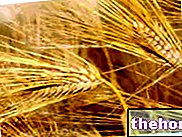
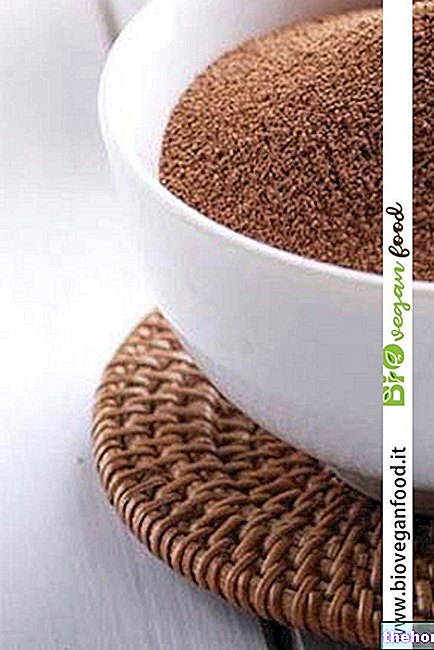
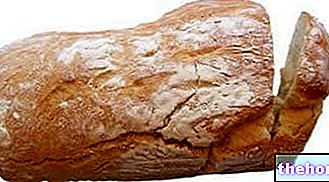
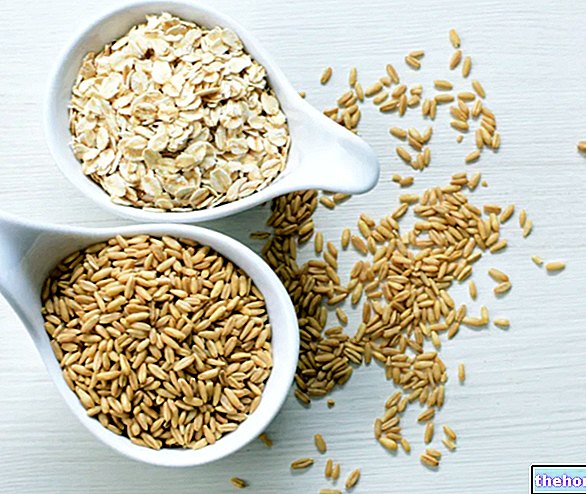
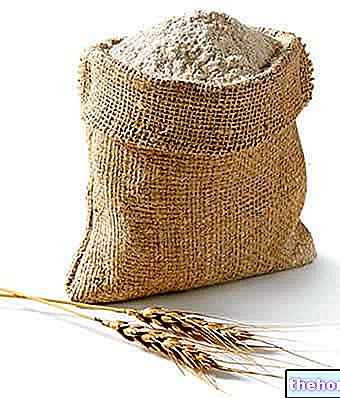










.jpg)











